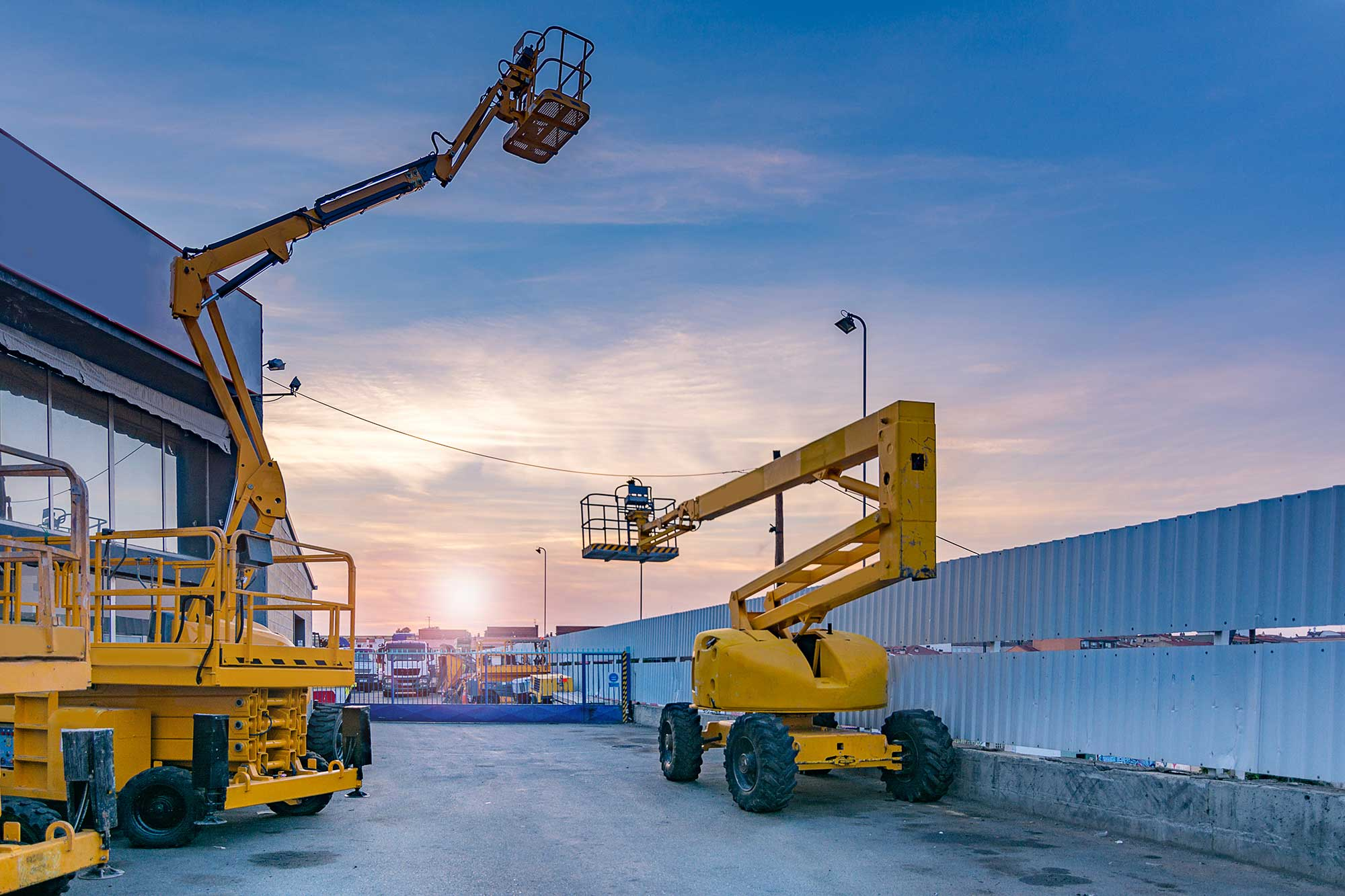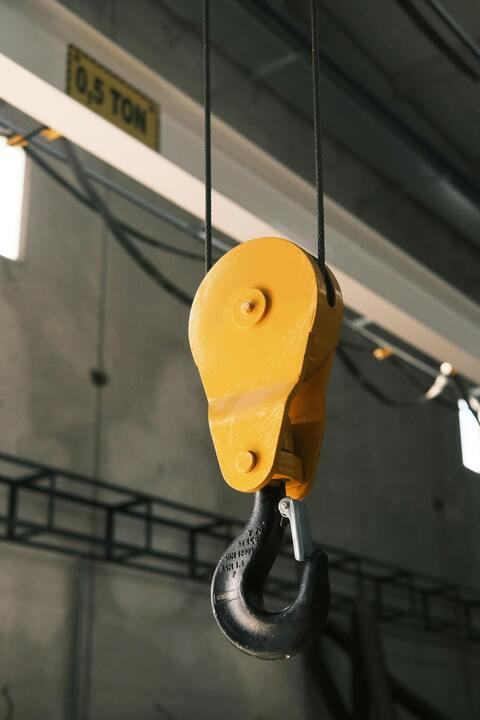Selecting the right construction lift is vital for ensuring both productivity and safety on any job site in 2025. To choose the best lift, project managers should evaluate workspace needs, load capacity, height requirements, and the type of terrain on site.
The variety of options available means that contractors can easily find the best construction lifts for sale online to fit specific job conditions. It’s important to compare features like platform size, power source, and mobility as these determine how well the lift will adapt to your work environment.
For tougher locations or projects needing additional support, consider related site equipment such as barriers from this collection of products that enhance site safety and efficiency.
Key Takeaways
- Assess job site requirements before selecting a lift.
- Match lift specifications to terrain and performance needs.
- Explore online options for the best fit and efficiency.
Key Factors When Selecting a Construction Lift
Selecting the right construction lift depends on careful evaluation of project needs, feature suitability, and overall practicality. Each site’s safety requirements, lift functionality, and user experience play a critical role in determining the best choice.
Assessing Project Requirements
Evaluating the project’s specific demands is the foundational step. Users should examine factors such as site elevation, weight capacity, and available working space. A tight warehouse may need compact equipment for operation in a confined space, while an open construction site with extreme heights demands platforms with long reach.
The intended applications matter; for example, lifting heavy pallets in warehouses requires robust lift capacity, while installing glass panels in tall buildings prioritizes vertical reach. Consider the number of people or materials the lift must carry to choose proper load ratings.
Environmental aspects also influence choice. Outdoor projects may require all-terrain mobility, whereas indoor residential lifts need quieter operation and smaller footprints. Matching these factors avoids over-specification or underperformance.
Understanding Lift Types and Applications
There are several lift designs available, each best suited to particular construction projects. Scissor lifts provide stable vertical access and spacious platforms, making them suitable for maintenance and tasks requiring frequent movement up and down. Boom lifts offer a combination of vertical and horizontal reach, ideal for complex tasks at extreme heights or in hard-to-reach spots.
For specialized tasks, such as manoeuvring in confined spaces, compact scissor lifts or articulated boom lifts can excel. Warehouses often benefit from electric scissor lifts due to their quietness and suitability for flat surfaces. Outdoor sites operating across varied terrain may prefer rough terrain boom lifts equipped with four-wheel drive.
When selecting, consider how the lift will be used throughout the construction project. Different lift interior designs, such as platform size and guardrail configuration, also play a role in productivity and safety for specific applications. More details on equipment types and selection criteria are available at 6 types of lifts to maximize construction site efficiency.
Evaluating Safety and User Experience

Safety is non-negotiable when choosing a construction lift. Features such as anti-slip flooring, sturdy guardrails, and emergency descent systems contribute to user protection. Assess whether the design supports safe entry and exit, particularly in challenging conditions or at significant heights.
User experience is influenced not just by safety, but also by ease of operation. Controls should be intuitive, with clear labelling for fast learning. A well-designed lift interior, considerate of operator needs, reduces fatigue during long shifts. Maintenance requirements should also be evaluated.
Lifts chosen for construction projects should provide ready access for routine inspection and repairs, limiting downtime. Manufacturers often integrate diagnostic tools to simplify troubleshooting, further supporting operational uptime and user satisfaction.
Performance, Terrain, and Adaptability Considerations

Selecting a construction lift requires careful evaluation of how well the equipment moves, adapts, and performs in varied environments. Key factors such as site conditions, lift design, and equipment capabilities will impact productivity and safety.
Maneuverability and Versatility
Maneuverability is crucial, especially on active construction sites with limited space. Lifts with compact bodies and tight turning radii can access confined areas that larger machinery cannot.
Features like four-wheel steering or multiple steering modes allow operators to move effectively around obstacles. Versatility is equally important when the job scope includes different tasks, such as electrical work or landscaping. Scissor lifts and boom lifts that support varied working heights and outreach add flexibility. Some models feature hydraulic arms or articulating booms for added reach and positioning options.
For projects requiring multiple uses, equipment that transitions between indoor and outdoor workspaces can reduce time spent swapping machinery. Evaluating lift attachments, such as platform extensions or material holders, increases efficiency. Choosing a versatile lift ensures adaptation to evolving site needs without extra investments.
Conclusion
Selecting the right construction lift in 2025 means weighing several essential factors. Key elements include maximum lift height, weight capacity, platform size, and mobility, all of which impact safety and productivity on site. A clear understanding of the project’s demands allows for a better match between lift capabilities and jobsite needs. Reviewing these points helps teams make choices aligned with both safety and workflow efficiency.

